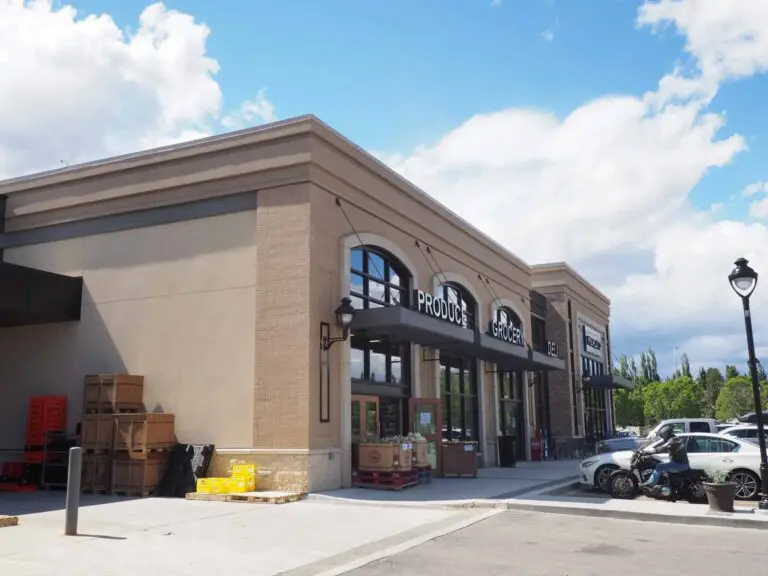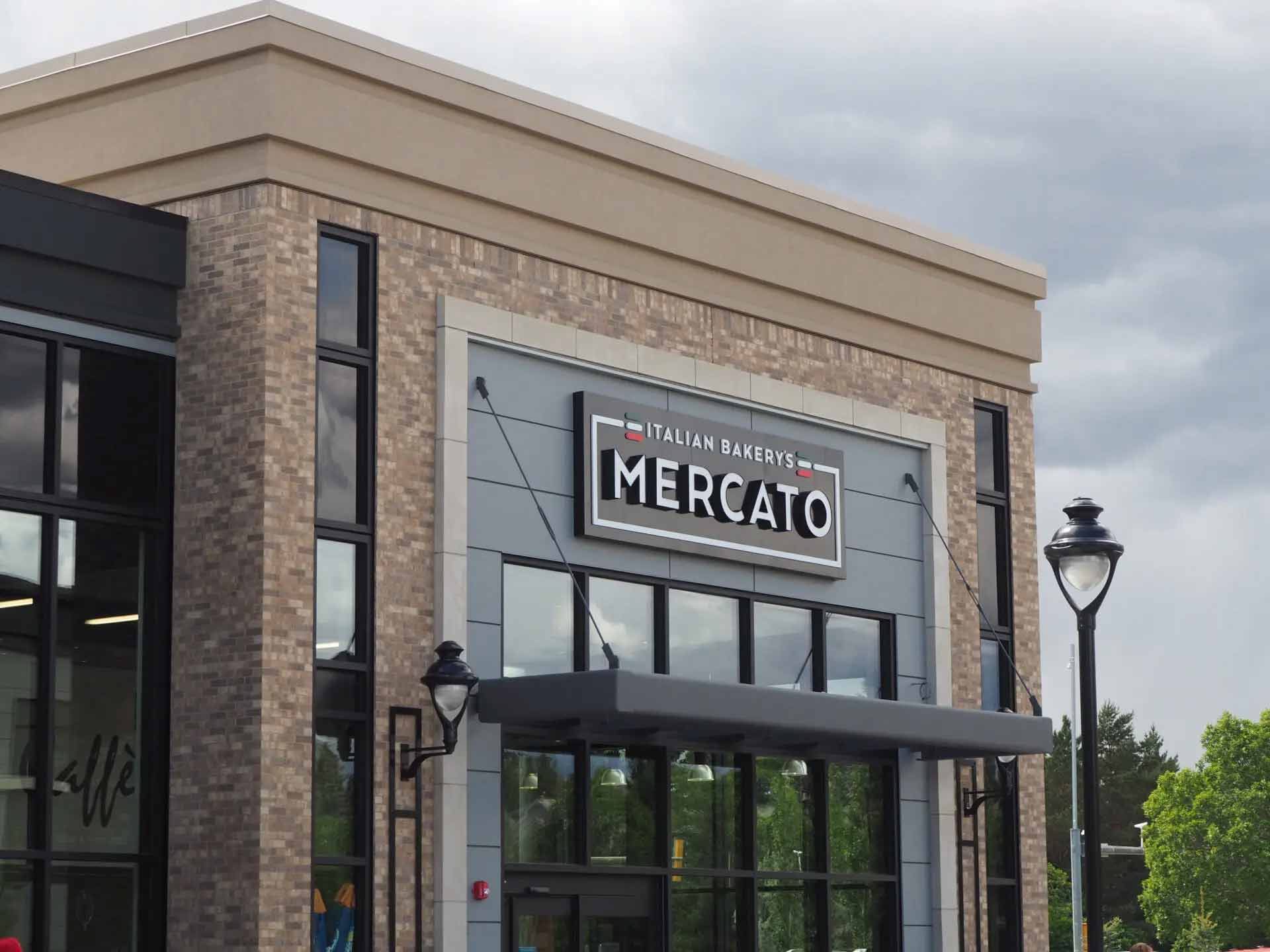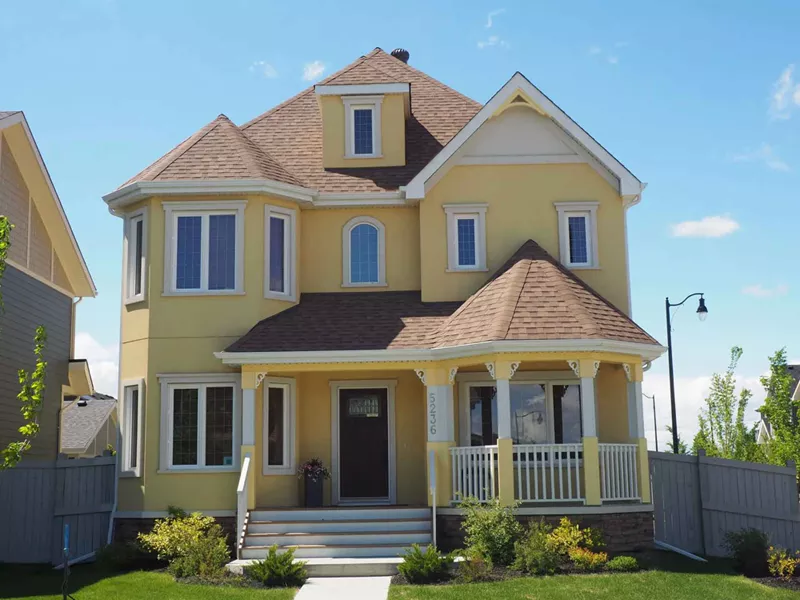
Comparing Costs: Is Stucco Cheaper Than Brick for Your Home?
When it comes to choosing the right exterior finish for your home, the debate between stucco and brick is a significant one. Both materials come with their own set of advantages and disadvantages, and understanding these can help you make an informed decision that aligns with your budget and aesthetic preferences. In Edmonton stucco this article, we will delve deep into the costs associated with both stucco and brick, comparing their longevity, maintenance, installation processes, and overall value.
Understanding Stucco as a Building Material
What is Stucco?
Stucco is a composite material made from cement, sand, lime, and water. It’s applied wet and hardens to form a dense solid that can last for decades. One of the appealing aspects of stucco is its versatility; it can be textured or smooth, painted in any color, and designed to mimic various architectural styles.

Benefits of Using Stucco
- Cost-effective: Generally cheaper than brick.
- Quick to install: A stucco contractor can complete the job relatively quickly.
- Energy-efficient: Provides excellent insulation properties.
- Aesthetic flexibility: Available in various colors and textures.
Potential Drawbacks of Stucco
- Moisture sensitivity: If not properly installed or maintained, it can develop issues like mold or cracking.
- Repair challenges: Finding reliable stucco repair near me can sometimes be tricky.
What is Brick?
The Nature of Brick as a Material
Brick is made from clay that is fired at high temperatures to create durable blocks. It has been used for centuries due to its strength and appealing aesthetic qualities.

Advantages of Brick
- Durability: It can withstand harsh weather conditions better than many other materials.
- Low maintenance: Requires minimal upkeep compared to stucco.
- Timeless appeal: Offers classic aesthetics that never go out of style.
Considerations When Choosing Brick
- Higher initial costs: Typically more expensive upfront than stucco.
- Labor-intensive installation: Requires skilled masonry work which can increase labor costs.
Comparing Costs: Is Stucco Cheaper Than Brick for Your Home?
When evaluating which material is more cost-effective—stucco or brick—it’s essential to consider not just the price per square foot but also installation costs, maintenance expenses over time, and potential repairs.
Initial Installation Costs
| Material | Cost per Square Foot | Typical Installation Cost (for 2,000 sq ft) | |----------|----------------------|-----------------------------------------------| | Stucco | $6 - $9 | $12,000 - $18,000 | | Brick | $10 - $15 | $20,000 - $30,000 |
As seen in the table above, stucco tends to be significantly more affordable in terms of installation costs when compared to brick.
Long-term Maintenance Costs
While stucco might be cheaper initially, what about long-term maintenance?
Stucco Maintenance
- Regular inspections are necessary to check for cracks or moisture issues.
- Painting may be required every 5–10 years depending on climate conditions.
Brick Maintenance
- Minimal upkeep overall; however, mortar joints may need repointing every few decades.
Both materials have their upkeep essentials; however, brick often proves less demanding over time despite higher initial costs.
Installation Process Comparison
How is Stucco Installed?
Each step requires skilled labor but typically allows for quicker completion compared to brickwork.
How is Brick Installed?
Due to its labor-intensive nature and need for precision in craftsmanship by experienced stucco contractors or masons alike, expect longer completion times when opting for brick.
Aesthetic Considerations of Stucco vs. Brick
Styling Options with Stucco
Stucco offers an array of design possibilities:
- Smooth finishes
- Textured appearances
- Vibrant colors through painting
This flexibility allows homeowners tremendous creative freedom in matching their home’s exterior with their personal style or neighborhood trends.
Brick Aesthetics Explained
On the other hand:
- Classic red hues
- Natural earth tones
- Varied textures including glazed finishes
Though fewer options exist compared to stucco in terms of color customization after installation; brick remains timelessly elegant across countless architectural styles.
Climate Considerations for Stucco and Brick Homes
Stucco Performance in Different Climates
Stucco performs best in dry climates as it’s susceptible to moisture damage if not adequately applied or maintained over time.
Winter Conditions
In areas prone to freezing temperatures:
- Proper insulation through an experienced stucco contractor becomes crucial.
Summer Conditions
In hotter regions:
- The insulation properties offer energy efficiency benefits due to cooler interiors during high heat seasons.
Brick Suitability Across Climates
Thanks largely to its density & low water absorption rates:
Resale Value Analysis: Which Material Holds More Value?
When considering resale value between homes clad in either material:

Homebuyers’ Preferences
Surveys indicate that while many appreciate the unique look & feel associated with brickwork—stuccos’ versatility often makes it equally desirable depending on local market trends.
Return on Investment
While both materials provide decent ROI upon resale,
Potential future owners might lean toward better-maintained surfaces regardless if they’re cheaper alternatives like stuccos versus established classics like bricks!
FAQs
1. Is stucco cheaper than brick?
Yes! Generally speaking—stucco installations cost less upfront than those involving bricks due primarily due labor intensity differences involved during installation processes!
2. How long does each material last?
With proper care: Stucco lasts between 50–80 years; Brick can last well over 100 years depending on environmental factors & quality craftsmanship involved during installations!
3. What’s involved in maintaining each material?
Stuccos require regular inspections/checks against moisture issues while painting may be needed periodically; Bricks tend towards lower maintenance needs but might require occasional repointing.
4. Can I paint my stucco?
Absolutely! One significant advantage associated with using quality exterior paints allows homeowners incredible aesthetic flexibility without breaking budgets too much!
5. Are there eco-friendly options available for either material?
Indeed! Many manufacturers now offer sustainable formulations focusing on environmentally friendly ingredients ensuring eco-conscious consumers have viable choices available when selecting new exteriors!
6.Can I find local experts easily?
Yes! Searching “stucco contractors” or “exterior companies near me” should yield numerous results helping connect you directly with professionals experienced handling similar projects within your locality!
Conclusion
In conclusion, comparing costs between stucco and brick reveals that while each material possesses distinct advantages tailored towards varying homeowner preferences—the financial implications favor choosing quality-stucca installations initially over traditional bricks given overall affordability coupled alongside aesthetically pleasing outcomes achievable through innovative design options available today! However—when considering long-term durability versus immediate savings; understanding all aspects must guide decisions ensuring happy investments ultimately lead toward satisfying living experiences moving forward!
Ultimately—your choice should reflect not only current trends but also personal tastes ensuring homes remain valuable assets ready welcoming families appropriately down generations ahead—all while being beautiful spaces enjoyed daily!